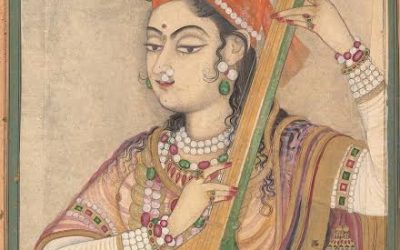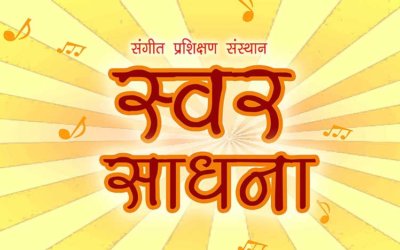FORMS OF SHRUTI
As we can see there are 2 names as Shruti and swar, but there is no special difference in both if seen
carefully. Because both the voices are helpful in music, are used in singing and both voices can be heard
clearly. Now let’s explain the distinction of Shruti and swar easily.
Shruti
The ancient pundits of music have chosen 22 places in octave for singing and instruments whose voice is
approximately interconnected and which can be used in music/Sangeet, is called Shruti.
Swar
After that some dhwani of those 22 sounds were chosen, whose voice is interlaced. But the
interconnected intervals in those 22 shruti are very subtle, for this reason, the difference of the shruti
can only be experienced by a good musician than the ordinary musician. But the difference between
shruti is also recognized by ordinary music lovers.
Shruti of ancient and medieval Authors
In ancient times, two main Authors of music were Bharat and Sarangdev. A long time ago, Bharat wrote
his famous treatise Natya Shastra, and in the 13th century, Sharangdev wrote a book called Sangeet
Ratnakar, the evidence of which is still found by many music books. These pundits have also narrated
the shruti in their own texts, in which both of them have accepted that the total numbers of shruti are
22: along with this, their division of Shruti and Swar is also on the same principle. That indicates, by the
opinion of some scholars, both of these scholars used to agree to a certain naad of Shruti to find the
correlation of their swar, that is, they considered all the shruti equal. They had placed the exact same
distance among all shruti as like the distance of the first Shruti to the second Shruti. This Distance is
called as “Shrutyantar”.
Shruti of modern Authors
From the discussion of ancient and medieval authors, it appears that they have fixed their Sudhdh swar
on the last Shruti. On the contrary, our modern authors set each of its sudhdh swar on the first Shruti.



0 Comments